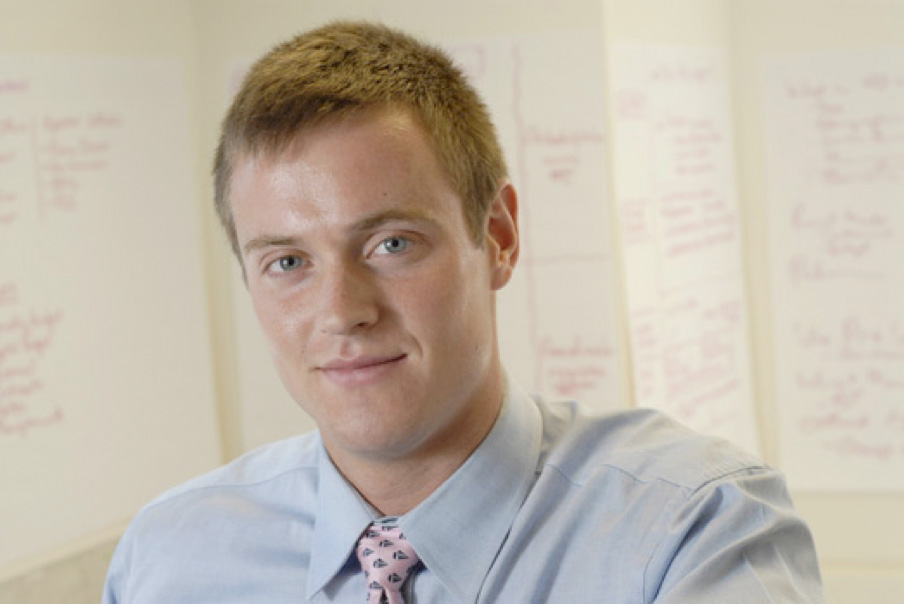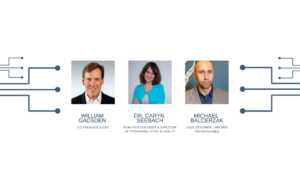Innovation is tough enough in the world of big business. But move the conversation into the public sector, and there’s a whole host of new and different challenges just waiting to trip up would-be innovators.
To better understand how innovation works in the world of government, we spoke with Erik Johanson, director of innovation for SEPTA (that’s the Southeastern Pennsylvania Transit Authority for you non-Philly folks). He walked us through the challenges of public sector budgeting, change management, and how SEPTA taps into its own internal talent to drive innovation.
How innovation works at SEPTA
As Philadelphia’s regional transit organization, SEPTA operates a variety of services throughout the Greater Philadelphia region – from trolleys and busses to subways commuter rail. That scope and scale, combined with the many Philadelphians who rely on SEPTA for their basic transportation needs, demands a nuanced and thoughtful approach to innovation.
“We’re a facilitator of innovation first and foremost,” says Johanson, who leads a 6-person team that includes both program coordinators and data analysts. “We look to collaborate with groups across the organization that have good ideas.”
Never miss an episode! Subscribe to Product Hacker for new episodes and other exclusive content.
Whereas many corporate innovation teams focus on prototyping and “skunk works”-type initiatives, Johnson explains that his team focuses primarily on tapping into the organizational knowledge of SEPTA as a whole.

Innovation with a data-first approach
Given SEPTA’s size and complexity, data-driven decision making plays a major role, both guiding where innovation is needed and gauging how effective those efforts have been. Many of the initiatives Johanson’s team works on emerge from a program called SEPTA Stat, which tracks the performance of the different divisions of SEPTA to identify areas for improvement.
“The way SEPTA Stat works is we have quarterly meetings with the general manager of SEPTA and the divisional heads, and oftentimes their direct reports,” says Johanson. As each team reports out on its performance over the last quarter, the innovation team helps identify areas where they can be of use to different parts of the organization.
In one recent example, SEPTA Stat helped identify that the Disadvantaged Business Enterprise (DBE) office – which provides technical assistance, training, and other resources to minority and women-owned businesses looking to do business with SEPTA – was struggling to keep up with the volume of applications it received.
“We had carried a backlog because we had a volume of applications coming in that was larger and faster than what we were able to process,” says Johanson.
The innovation team was engaged to help come up with solutions. “Our department worked with the DBE program office to develop a menu of scenarios and options for reducing that backlog,” he explains. “And within a year of producing that report, last week the backlog was gone.“
Innovation is more than just technology
People coming from the corporate world often associate “innovation” with technology. But Johanson notes that his team’s scope is higher-level, with a bigger focus on change management and performance-tracking as opposed to just introducing new technology.
“Obviously, there’s a technological component to everything that we do. The technologies that are being pushed out from SEPTA right now are definitely examples of innovation in action,” he explains.
Johanson uses the recently introduced SEPTA Key program as one example. Whereas a corporate innovation team might focus more on the technology itself, Johanson’s team would be more focused on whether the program is actually advancing SEPTA’s key priorities, like increasing ridership growth.
“Where the Office of Innovation would come alongside a project like that is advocating in certain ways for a series of strategic priorities and principles for how that technology is rolled out,” says Johanson.
Budgeting for innovation
Johanson acknowledges that his team faces some constraints that go above and beyond what a corporate innovation team might grapple with. One of the key ones is budget, and he points to SEPTA’s sustainability program as an example of where their unique approach to innovation helped overcome budgetary constraints.
“We’re working on the second-largest solar project in the history of the city of Philadelphia. Right now, we’ve got 10 megawatts of battery storage capacity and we’re rolling out our first fleet of battery-electric buses this fall. By next year, we’ll have the largest fleet of battery-electric buses on the East Coast,” says Johanson. “And we’ve done all of these things without having a budget for sustainability.”
Because SEPTA’s sustainability efforts have to be “budget neutral,” the organization has found novel ways to meet its objectives. In the case of SEPTA’s battery network, that meant utilizing both federal grants and a public-private partnership with Constellation Energy, a division of Exelon.
“They financed the project. And they’re actually paying us rent for access to our substations in exchange for a share of the revenue that comes from the energy that’s stored in the batteries,” says Johanson.
Looking to the future of SEPTA
For Johanson, the Office of Innovation’s long-term goals all come back to driving SEPTA’s core business outcomes – including overall ridership growth, improvements to the organization’s safety culture, and reducing its carbon footprint.
“My measure of success is when we’re able to implement a great idea that someone has, and we’re able to help them get that idea over the finish line,” he says.
It also hinges on growing a culture of innovation at SEPTA, and helping internalize innovation as a core component of the organization – one that’s felt in every project and initiative, not just ones specifically designated innovation programs.
Building a digital product?
“That’s not going to happen overnight and it’s certainly not going to happen as if we view our role as to be the innovators,” he explains. “People have great ideas at SEPTA.”



